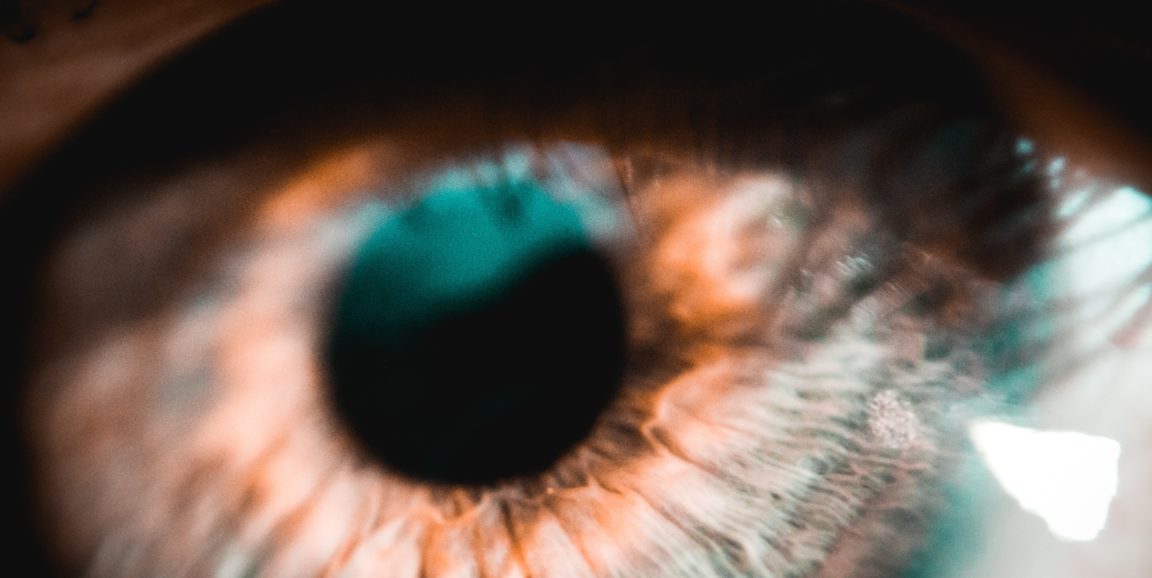Computers heat up when they're crunching large volumes of data and, in most cases, that's fine. If a computer or laptop overheats, a built-in fan turns on to cool it. If smartphone gets too hot to hold, we can set it down.
However, when computers are implanted inside the human body, there's no escaping the heat generated as a byproduct of electricity zipping through the computer's processor, and that's a big problem.
Now, researchers at Stanford have created a more efficient way for computer chips to handle large volumes of data while keeping cool. This technological advance could pave the way for artificial retinas that restore sight to people with certain types of blindness.
As a Stanford Engineering story explains, neuroscientist E.J. Chichilnisky, PhD, and members of Stanford's artificial retina team set out to build a small and mighty computer processor. The trouble was, "the chips required to build a high-quality artificial retina would essentially fry the human tissue they are trying to interface with," Chichilnisky explained.
The team's solution, was to minimize the amount of data processed by zeroing in on only the information that mattered. Their findings were published in the IEEE Transactions on Biomedical Circuits and Systems.
As postdoctoral researcher Dante Muratore, PhD, explained in the story, cells in the retina sometimes record identical signals. The researchers' compression technique ignores duplicate data, and only stores unique signal samples for further processing.
This data-gathering method reduces the data to be processed by about 40 times, the team reported. "This is an important step that might someday allow us to build a digital retina with [an array of] over 10,000 channels," said Muratore.
In the future, this data compression technique could also be used for other brain-machine interfaces where nerve impulses and computer signals interact, such as brain-controlled machines that could animate paralyzed limbs or restore hearing.
Photo by Estela Shaddix




